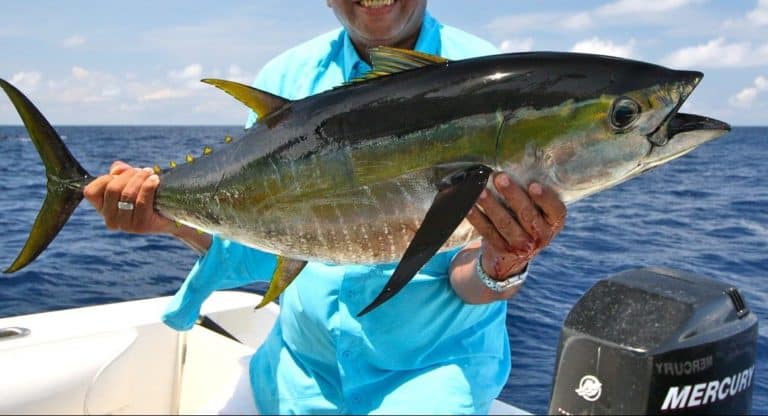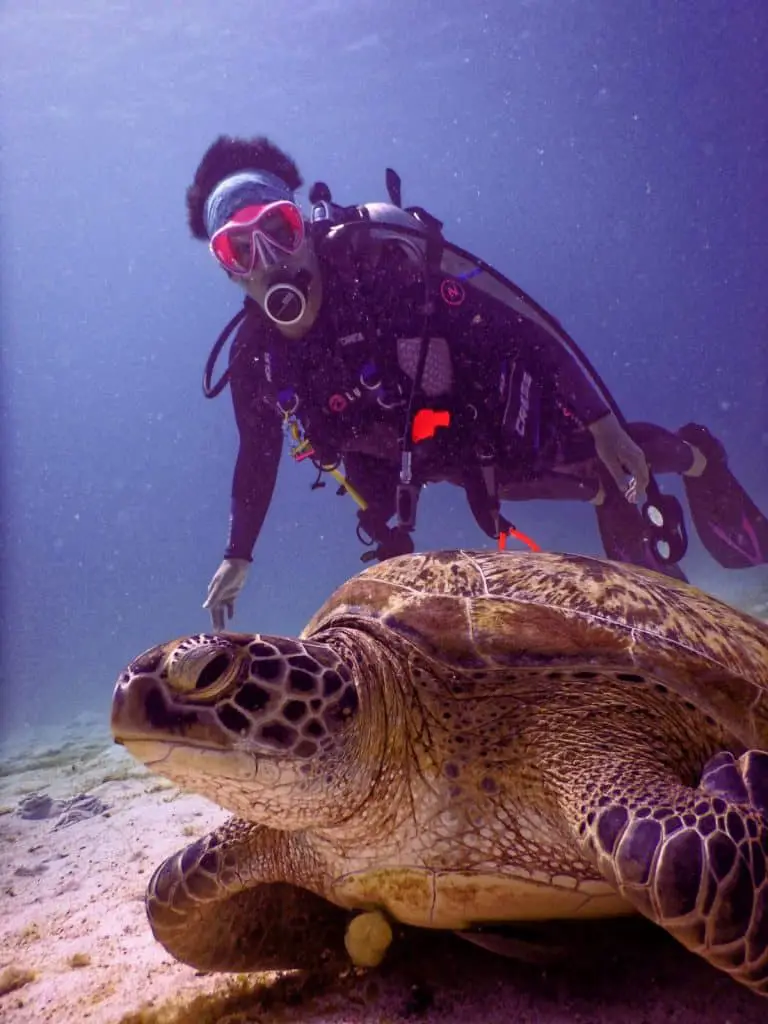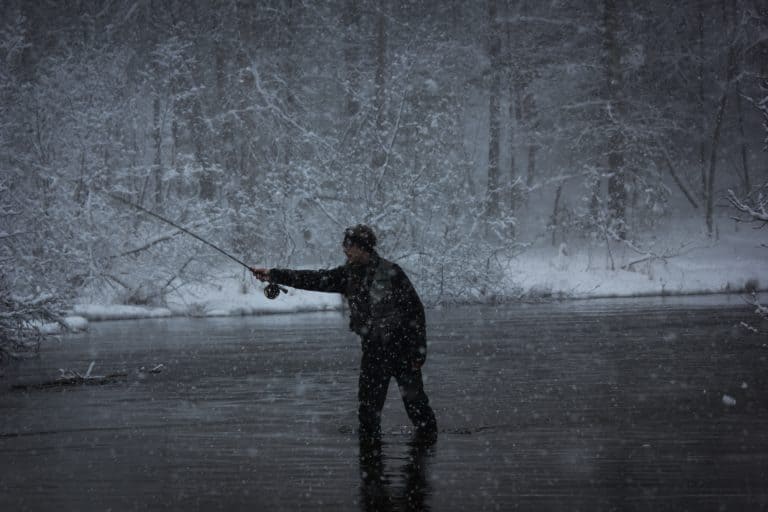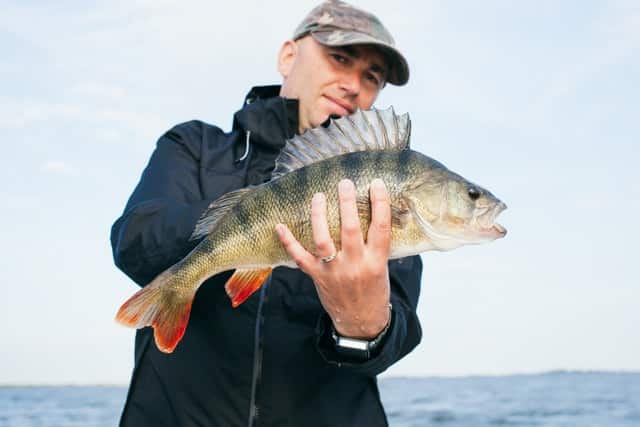Kayak Buying Guide – How to Choose The Best Kayak For You
There are many ways to use a kayak. You can either take it for a fishing trip, use it for a workout, go on an exploration trip or just hang out on the water with it. Regardless of what you decide to do, you will need to know how to choose a kayak.
With all the number of things you can do with kayaks, there is a specific one for each of these activities. Each of them slightly different than the other making it more suitable for its purpose.
Before selecting a kayak, make sure you get one that fulfills its purpose. Will you be taking it in a river? lake or sea? Will you be opting for a sit-in or sit-on-top kayak?
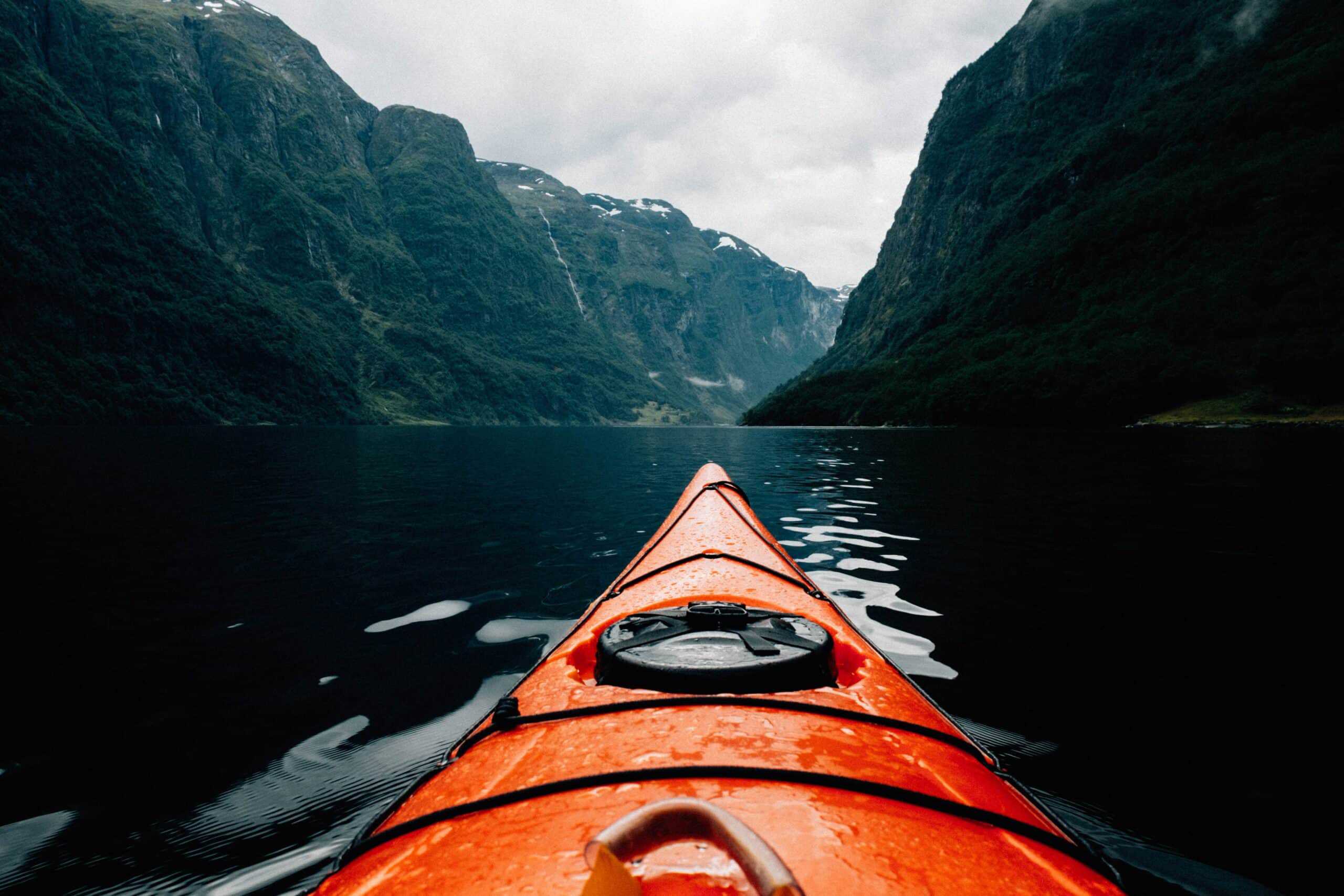
Next comes the budget, colours, materials, durability and weight which are all key factors in deciding on a kayak.
Let’s take it from the start…
The Type of Kayak
The design, purpose, and place to sit are what defines the type of kayak. It is very convenient in deciding its use.
Kayaks are usually categorized into two types:
- Sit-on-top Kayaks
- Sit-in Kayaks
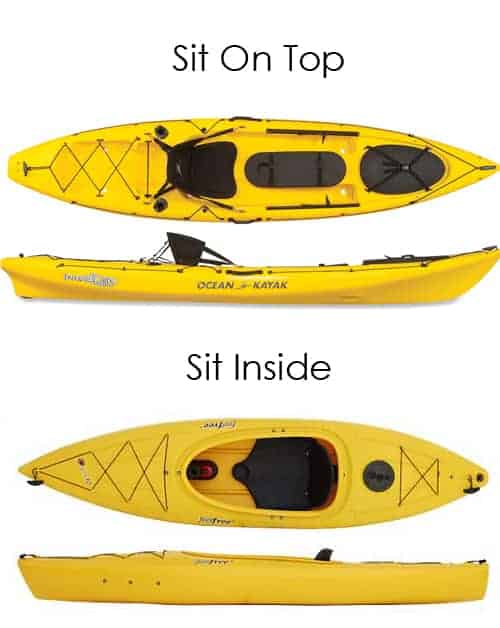
The similarities
Both styles can come in singles or doubles, solid body or inflatables.
Although both kayak styles are considered majorly different. Both share some similar aspects of one another.
The top of the kayak is called the deck. The bottom is referred to as the hull. The front is the bow and the back the stern. On both types of kayak, you’ll find deck lines or bungees.
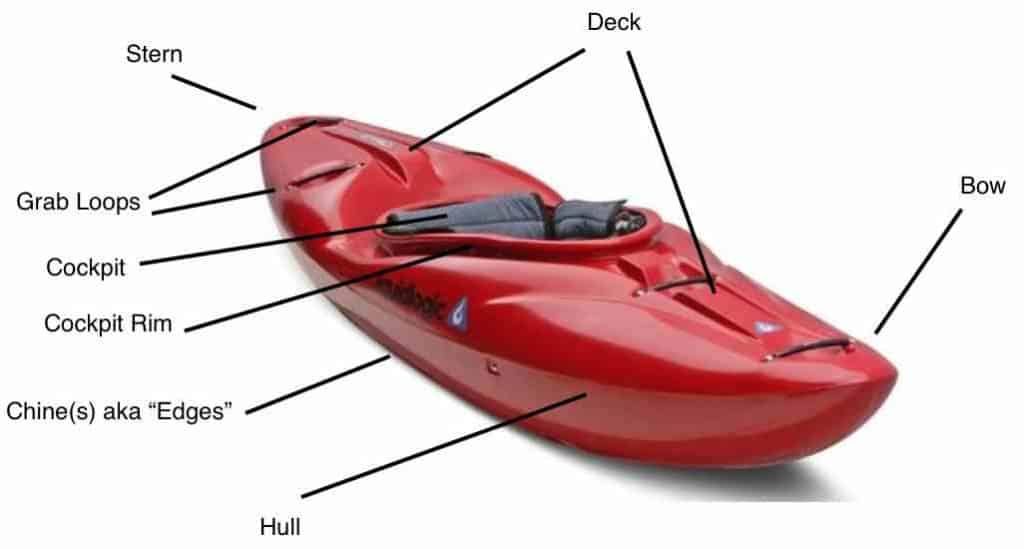
Both usually have grab loops, found on the stern. Either sometimes has rudders which swivel side-to-side and help control the boat via foot pedals. Skegs are sometimes on the hull of kayaks, these help to keep a kayak tracking straight in the water.
Both have will a seat, back support and some form of foot rest to ensure comfort.
If you intend to spend a long time in the kayak throughout the day then I would opt for foot pedals over footwells, as they offer adjustability in height and depth which can really be the factor between an un-comfy or comfy experience.
Now let’s get into the differences, and where the two forms of kayak should be used…
The differences
The biggest difference between the two kayak types is the cockpit. As the name suggests, sit on top kayaks don’t have an enclosed cockpit.
There is a groove large enough to fit the user in, shaped into the shell or body of the kayak.
Sit inside kayaks have a hollowed-out cockpit that can fit a spray deck – A spraydeck is a waterproof cover that is stretched around the outside of the cockpit making the kayak completely impenetrable to water. From the waist down to your toes, you won’t be able to get wet in a sit-inside kayak.
Now as an avid kayaker, I know the endless amount of options out there can be overwhelming especially to a beginner. But it doesn’t have to be, that’s why we’ll help you narrow down your choice by listing some pros and cons and helping you decide, where and how you will be using the kayak.
Before we begin, answer these questions:
- Will you be taking your kayak on a sheltered lake, into a fast flowing river or to the beach?
- Will the water will be warm or cold?
- Are you more concerned about having a kayak that can travel fast and straight or a kayak that is stable and difficult to tip over?
- What is the kayak being used for? Fun? Fishing? Touring?
The first decision which you’ll have to make is whether to go for a sit inside or sit on top kayak, the answers to the questions above will help you out.
Sit-On Top Kayaks
| Pros | Cons |
| More user friendly, you don’t have to worry about using a spray-deck. | You are almost guaranteed to get wet whilst using a sit on top kayak – not ideal if it’s being used in colder climates. |
| Very stable and easy to get in and out. | If there is a cold breeze, you’re more likely to feel it in a sit on top kayak as your entire body is exposed to the air. |
| You wont feel confined whilst on one. | |
| They are classed as ‘self-bailing’ – This means that small scupper holes in the kayak drain any water which enters whilst paddling. | |
| Some variations such as fishing kayaks have more space on the deck for things such as rod holders and tackle stowage. |
All of the pros above make sit on top kayaks great for the first time kayaker, nervous kayakers, children and fisherman.
Sit-inside Kayak
| Pros | Cons |
| A sit in kayak will shelter your body from the wind, making them much warmer. | Don’t have the same freedom as a sit on top kayak to move in and out of the kayak. |
| Usually used on cooler water as you will stay dry. | Recovery can be an issue if you flip and the kayak floods with water. |
Sit in kayaks are very stable, fun and easy to use. You’ll get the hang of a spray-deck in no time, even as a beginner. Most have really big cockpits so you wont feel confined and they usually come with waterproof hatches in the deck to store your valuables.
The Right Place For Your Kayak
It’s important to evaluate where you will be using the kayak.
Coasts:
Coasts have a lot of wild currents, tides and wind which means a sit-in kayak will be a great option. It will help you travel faster and with better tracking. You can also fix a skeg to enhance tracking.
If it’s a warmer day and you aren’t worried about getting wet then a sit on top kayak can be a great option too.
Fast Rivers:
While on a fast river, you might need a stable and sturdy kayak with quick reactions to the fast flowing water. Most white water river kayaks are small, wide and use a spray deck to remain dry.
Calm Rivers:
Calm rivers can be ideal for most types of kayaks. Just check the temperature of the water and surroundings to help you decide.
Lakes:
You can choose either one here. You can choose a sit on top or a sit-in recreational one depending on if the weather is good and you don’t need to go far away.
Categorizing Kayaks
For a beginner, one must learn that kayaks vary greatly between brands. For that, it might be confusing that 2 brands are offering the same boat, one calling it recreational and other day tours.
You must know that Recreational Kayaks are more stable, affordable and easy to get into and out. They might not be the best for longer trips and waves.
Day touring kayaks are sleek and efficient, which is why they are priced higher than recreational ones. They track straight and allow more control.
A
Inflatable Kayaks
Inflatable kayaks are also a great option, they can be very comfortable and easy to paddle. They are deflated, rolled up and stored in a bag making them easy to transport.
The material is surprisingly durable and if well looked after (cleaned and dried after use) can last for many years. Because they are so soft, they tend to be a lot slower and harder to maneuver than hard kayaks.
Kayak Length
Kayak length is one of the most important deciding factors when learning how to choose a kayak. It’s a general rule of thumb that a long and narrow boat is faster through the water, and a shorter, wider kayak is slower but offers more stability.
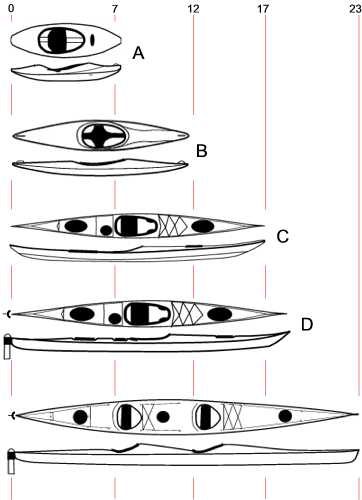
Materials and Durability
The majority of kayaks have a hard shell made from a durable plastic that is strong and requires next to no maintenance. Some kayaks made from composite materials like, fibreglass, carbon, and Kevlar. These kayaks are significantly lighter but they don’t wear as well and will require more looking after. They also tend to come with a much higher price tag.
Words of Advice
- Longer kayaks offer efficiency and storage which shorter ones turn rapidly and move faster.
- Rather than buying 2 solo boats, you and your partner can buy a single tandem or double boat. It is large with multiple seats to support 2 to 3 people.
- The weight that the boat can hold is important because it might tip over in case of heavier weight – so ensure you take into consideration your weight and the cargo weight.
- The rudder, skegs and tracking fins help your kayak to move straighter in strong wind.
- A comfy seat is very important especially if you are on a fishing trip. It makes the wait comfortable and easy.
- Smaller cockpit allows easier control and a bigger cockpit means easy to get in and out.
- Make sure the hatches are tight so the dry storage remains dry.
- Inflatable kayaks are portable and easy to carry.
- Fibreglass and ultralight carbon-fibre are common, lightweight materials for kayaks.
This was a guide on how to choose a kayak, if you have any more questions then please leave a comment below and i’ll get back to you as soon as I can.
Check out our top recommendations for the best fishing kayaks.
If you’re in the market for a new
Other Posts:

![Best Touring Kayaks in 2025 [8 Kayak Reviews & Buyers Guide]](https://watersportingadventure.com/wp-content/uploads/2020/02/person-sitting-on-teal-kayak-on-calm-water-of-river-3230581-2-1-768x512.jpg)
